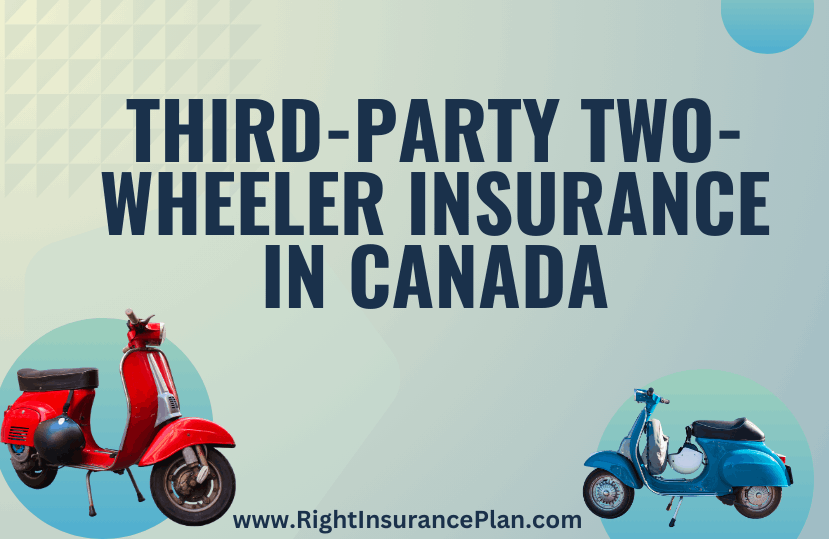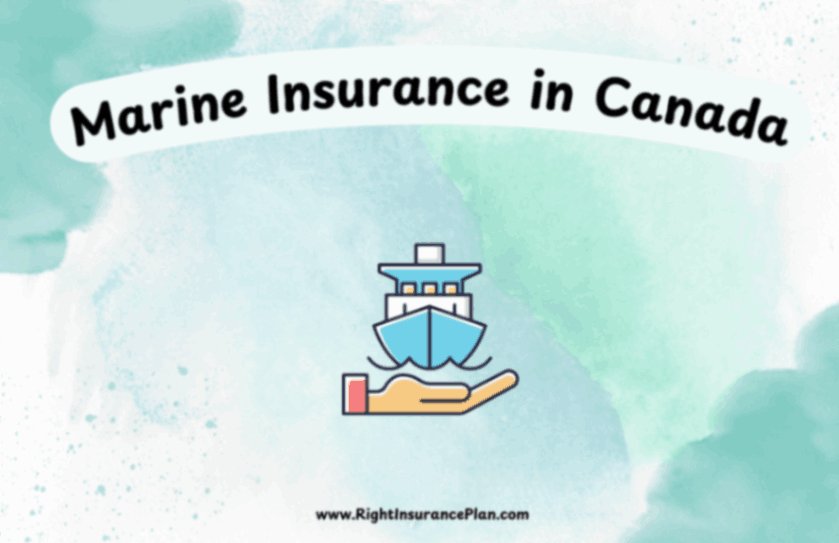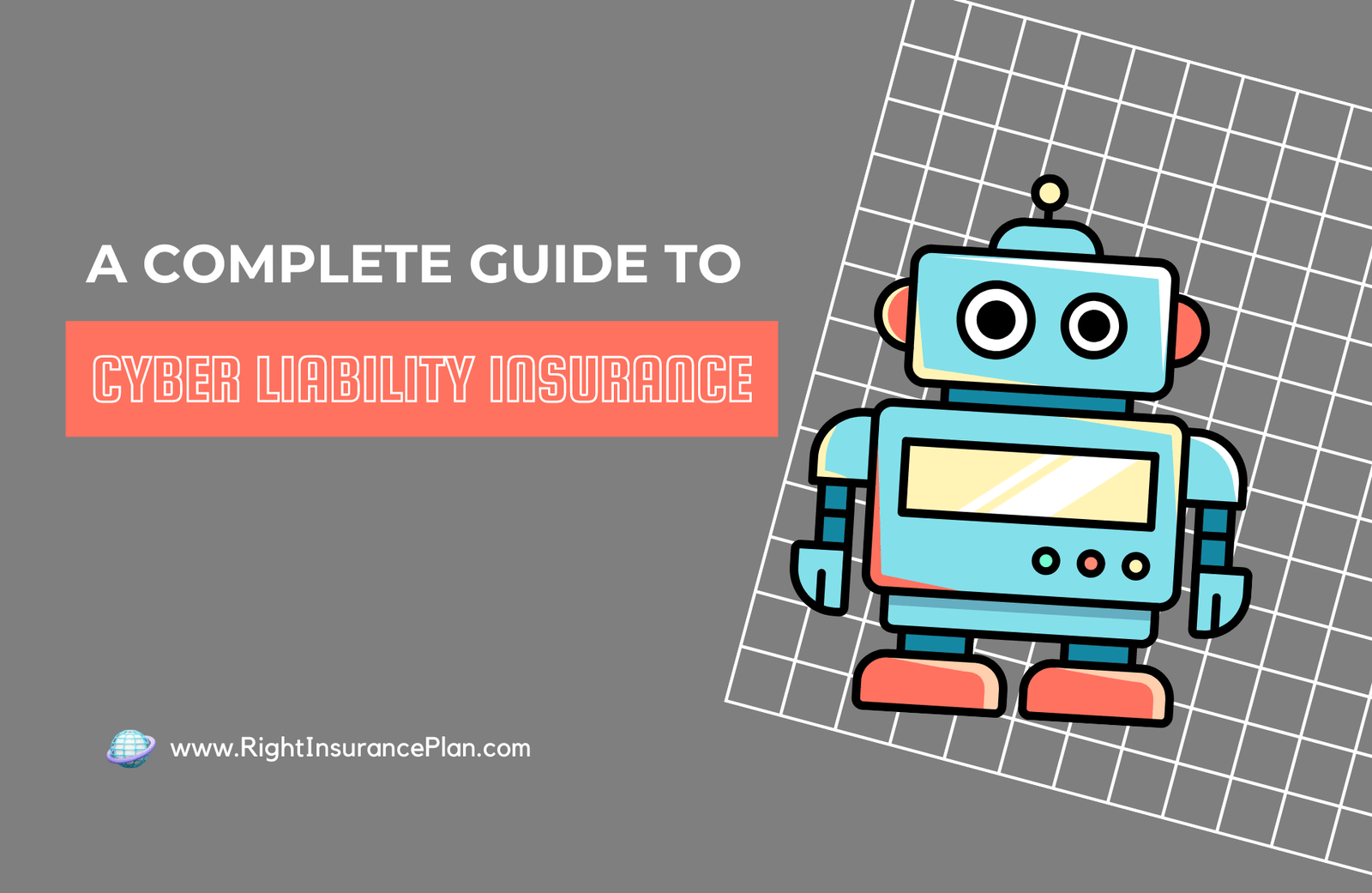
Third-Party Two-Wheeler Insurance in Canada
As a motorcycle enthusiast in Canada, ensuring you have proper insurance coverage is not just a legal requirement but also a crucial step in protecting yourself financially. Among the various types of motorcycle insurance available, third-party liability insurance is the minimum mandatory coverage required across all Canadian provinces and territories. In this blog, we'll delve into the intricacies of third-party two-wheeler insurance in Canada, exploring its importance, coverage details, costs, and recent trends.
Third-Party Two-Wheeler Insurance
Third-party two-wheeler insurance, also known as liability insurance, is designed to protect you financially if you're found at fault in an accident that causes bodily injury or property damage to another person. This coverage is essential for all motorcycle riders in Canada, as it helps mitigate the potentially catastrophic financial consequences of being held liable for an accident.
Key aspects of third-party two-wheeler insurance include:
1. Legal Requirement: It is mandatory in all Canadian provinces and territories.
2. Coverage Limits: Minimum coverage limits vary by province but typically range from $200,000 to $500,000.
3. Protection: It covers damages or injuries you may cause to others while operating your motorcycle.
4. Exclusions: It does not cover damage to your own motorcycle or personal injuries.
Provincial Variations in Minimum Coverage
While third-party liability insurance is mandatory across Canada, the minimum coverage requirements vary by province. Here's a breakdown of the current minimum liability coverage limits:
1. British Columbia: $200,000
2. Alberta: $200,000
3. Saskatchewan: $200,000
4. Manitoba: $500,000
5. Ontario: $200,000
6. Quebec: $50,000
7. New Brunswick: $200,000
8. Nova Scotia: $500,000
9. Prince Edward Island: $200,000
10. Newfoundland and Labrador: $200,000
11. Yukon: $200,000
12. Northwest Territories: $200,000
13. Nunavut: $200,000
It's important to note that while these are the minimum requirements, many insurance experts recommend opting for higher coverage limits to ensure adequate protection in the event of a serious accident.
Factors Affecting Third-Party Insurance Premiums
The cost of third-party two-wheeler insurance in Canada can vary significantly based on several factors.
1. Motorcycle Type and Engine Size: Generally, sportbikes and high-performance motorcycles with larger engine sizes tend to have higher insurance premiums due to their increased risk profile.
2. Rider's Age and Experience: Younger and less experienced riders typically face higher premiums due to their higher risk of being involved in accidents.
3. Riding History and Claims Record: A clean driving record with no accidents or claims can lead to lower insurance rates.
4. Annual Mileage: The more you ride, the higher your risk exposure, which can lead to increased premiums.
5. Security Measures: Installing anti-theft devices or taking advanced rider training courses may help reduce your insurance costs.
6. Coverage Limits: Opting for higher liability limits will increase your premiums but provide greater financial protection.
Recent Trends in Canadian Motorcycle Insurance
The motorcycle insurance landscape in Canada has been evolving in recent years, influenced by various factors such as technological advancements, changing rider demographics, and shifts in risk assessment methodologies. Here are some noteworthy trends:
1. Usage-Based Insurance (UBI): Some insurance providers are beginning to offer UBI programs for motorcycles, where premiums are partly based on actual riding behavior, monitored through telematics devices or smartphone apps.
2. Increased Focus on Safety Technology: Insurers are starting to take into account advanced safety features on motorcycles, such as anti-lock braking systems (ABS) and traction control when calculating premiums.
3. Rising Popularity of Electric Motorcycles: As electric motorcycles gain traction in the Canadian market, insurers are adapting their policies to accommodate these vehicles' unique characteristics and risk profiles.
4. Climate Change Considerations: With the increasing frequency of severe weather events, some insurers are adjusting their risk models and potentially affecting premiums in certain regions.
5. Pandemic-Related Shifts: The COVID-19 pandemic has led to changes in riding patterns and risk exposure, prompting some insurers to offer temporary premium reductions or flexibility in coverage options.
The Importance of Adequate Coverage
While the minimum required third-party liability coverage provides basic protection, it may not be sufficient in the event of a serious accident. Consider the following scenarios:
Scenario 1: You're found at fault in an accident that causes severe injuries to another person, resulting in medical bills and lost wages totaling $750,000. If you only have the minimum $200,000 coverage, you could be personally liable for the remaining $550,000.
Scenario 2: Your motorcycle skids on wet pavement and crashes into a luxury vehicle, causing $300,000 in damage. With only the minimum coverage, you'd be responsible for paying the difference out of pocket.
These examples highlight the importance of considering higher liability limits to protect your assets and financial future. Many insurance experts recommend a minimum of $1 million in liability coverage for adequate protection.
Additional Coverage Options to Consider
While third-party liability insurance is the mandatory minimum, there are several other types of coverage that Canadian motorcycle riders should consider:
1. Collision Coverage: This protects your motorcycle if it's damaged in a collision with another vehicle or object.
2. Comprehensive Coverage: This covers damage to your motorcycle from non-collision incidents such as theft, vandalism, or natural disasters.
3. Accident Benefits: This provides coverage for medical expenses, rehabilitation costs, and lost income if you're injured in an accident, regardless of who is at fault.
4. Uninsured Motorist Protection: This covers you if you're in an accident with an uninsured or underinsured driver.
5. Roadside Assistance: This provides help if your motorcycle breaks down or you need emergency services while on the road.
Tips for Saving on Motorcycle Insurance
While ensuring adequate coverage is crucial, there are several strategies you can employ to potentially reduce your insurance premiums:
1. Bundle Policies: Combining your motorcycle insurance with other policies (e.g., auto or home insurance) often results in discounts.
2. Increase Your Deductible: Opting for a higher deductible can lower your premiums, but make sure you can afford the out-of-pocket expense if you need to make a claim.
3. Take a Motorcycle Safety Course: Completing an approved safety course can demonstrate your commitment to safe riding and may lead to premium discounts.
4. Store Your Motorcycle Securely: Using a locked garage or secure storage facility can reduce the risk of theft and potentially lower your premiums.
5. Pay Annually: Many insurers offer discounts for paying your annual premium in full rather than in monthly installments.
6. Shop Around: Insurance rates can vary significantly between providers, so it's worth getting quotes from multiple companies to find the best deal.
7. Review Your Coverage Regularly: As your circumstances change, your insurance needs may evolve.
The Future of Motorcycle Insurance in Canada
Looking ahead, the motorcycle insurance industry in Canada is likely to continue evolving.
1. Increased Personalization: Advancements in data analytics and artificial intelligence may lead to more personalized insurance offerings based on individual rider profiles and behaviors.
2. Integration of Wearable Technology: Smart helmets and other wearable devices could potentially be used to monitor rider behavior and adjust premiums accordingly.
3. Blockchain Applications: The use of blockchain technology could streamline claims processing and reduce fraud, potentially leading to more efficient and cost-effective insurance products.
4. Autonomous Vehicle Considerations: As autonomous vehicle technology advances, insurers may need to adapt their policies to account for the changing nature of vehicle operation and liability.
Conclusion
Third-party two-wheeler insurance is a crucial component of responsible motorcycle ownership in Canada. While it provides the minimum required coverage to protect you from liability in the event of an accident, it's important to carefully consider your individual needs and risk tolerance when selecting your insurance coverage.
You can also check the information regarding Comprehensive Two-Wheeler Insurance In Canada
FAQs:
1. What is Third-Party Two-Wheeler Insurance?
Third-party two-wheeler Insurance is a mandatory form of insurance that covers liability for injuries or damages you may cause to others while operating your motorcycle.
2. Is Third-Party Insurance mandatory in Canada?
Yes, Third-Party Liability Insurance is mandatory for all motorcycles in every province and territory of Canada.
3. What does Third-Party Insurance cover?
It covers bodily injury or property damage you may cause to other people while riding your motorcycle.
4. What are the minimum coverage limits in Canada?
Minimum coverage limits vary by province, typically ranging from $200,000 to $500,000. Quebec has the lowest minimum at $50,000.
5. Does Third-Party Insurance cover theft or damage to your motorcycle?
No, it does not. You would need comprehensive or collision coverage for protection against theft or damage to your vehicle.
6. How is the premium for Third-Party Insurance calculated?
Premiums are based on factors such as your age, riding experience, location, type of motorcycle, and driving record.
7. Can you get additional coverage beyond the Third-Party Insurance?
Yes, you can opt for additional coverages like collision, comprehensive, accident benefits, and uninsured motorist protection.
8. Are there any discounts available for Third-Party Insurance?
Many insurers offer discounts for things like bundling policies, completing safety courses, or having a clean driving record.
9. How often should you review your Third-Party Insurance policy?
It's recommended to review your policy annually or whenever there's a significant change in your circumstances.
10. What happens if you ride without Third-Party Insurance?
Riding without mandatory Third-Party Insurance is illegal in Canada and can result in hefty fines, license suspension, and legal consequences.



